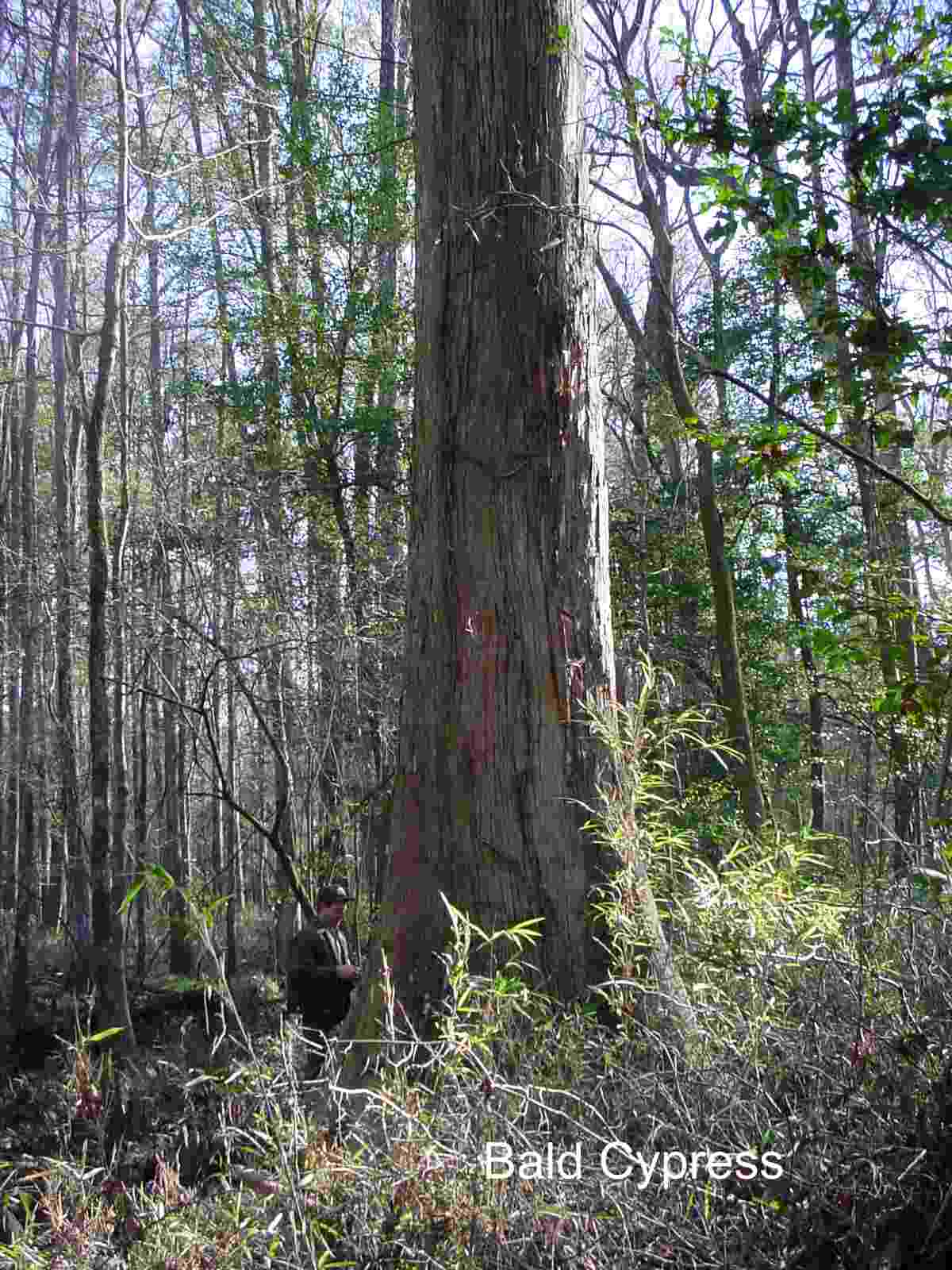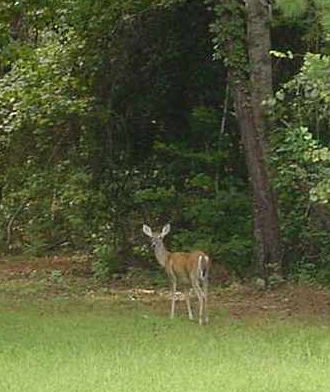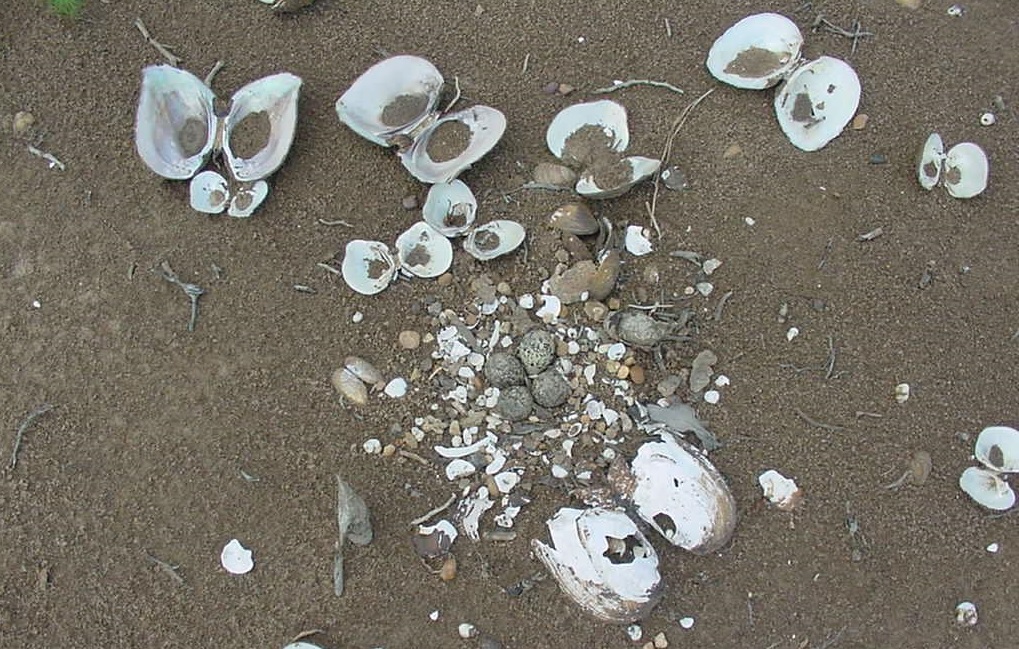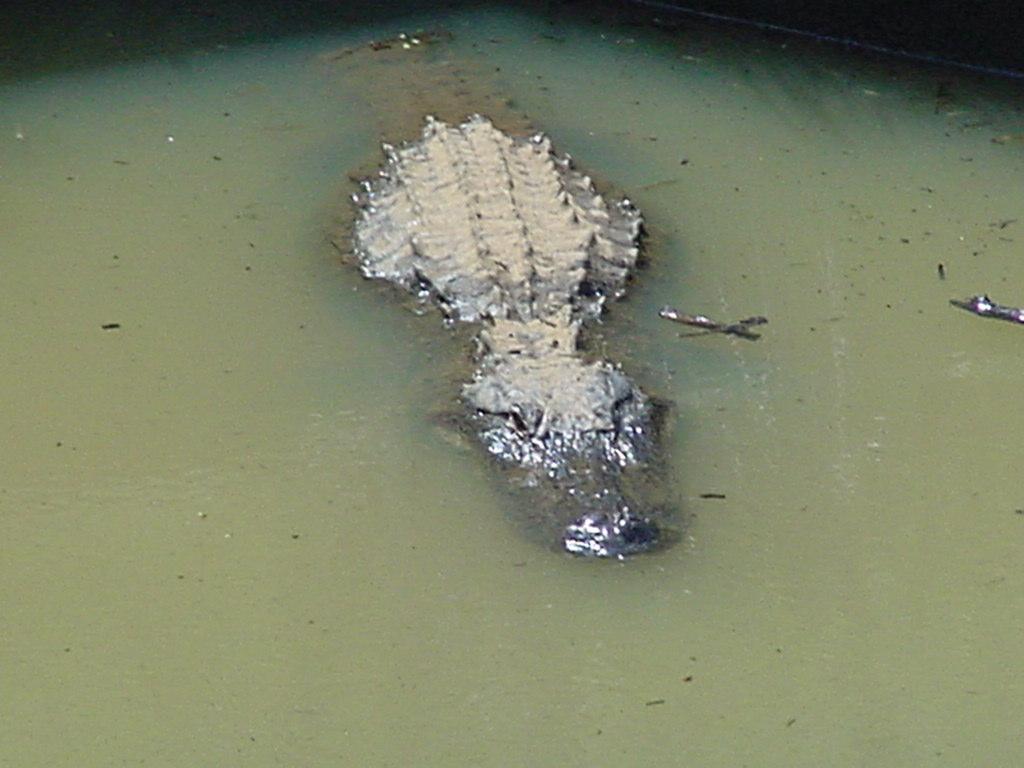Fort Worth District
Lakes and Recreation Menu
Natural Resources
Note:
Those seeking information on Oil & Gas wells or pipeline/utility activities Click Here

In addition to managing the unique water resource and its associated hydrological and recreational resources, Town Bluff Corps personnel manage numerous other natural resources: forests, wildlife, and cultural, to name a few.
The management of non-water related resources must of course depend upon associated vegetation.
At Town Bluff the typical East Texas Pineywoods cover types abound, including pine uplands, terraces, and lowlands, bottomland hardwood, pine-hardwood mixtures, and occasional open areas supporting native and introduced grasses. However, because this is a man-made reservoir, some of the naturally occurring ecosystems and their associated cover types are changing somewhat. In any case, great diversity of biological communities exist. This fact is especially evident in the abundance of vegetative types. Lowlands contain aquatic grasses, buttonbush, elm, sycamore, sugarberry, baldcypress, overcup oak, tupelo, water hickory, green ash, swamp chestnut oak, and sweetgum. Terrace lands support loblolly pine, blackgum, beech, magnolia, holly, sweetgum, red oak group, white oak group, and various hickory species.
Upland types predominantly consist of loblolly pine, along with occasional upland oak and hickory species mixed in. A few high, sandy areas that were devastated by Hurricane Rita have recently been planted to longleaf pine. Shrub species include yaupon, waxmyrtle, dogwood, sparkleberry, and various viburnum and hawthorn species. Grass species found in open areas include bluestem, bermuda, and introduced Pensacola Bahia Grass. Shrubs, dewberry, blackberry, greenbriar, and various vine species proliferate around edges of fields or openings created by blowdowns or Southern Pine Beetle infestations. In summary, lands lying above the normal reservoir pool level are predominately forested and are managed accordingly.
Wildlife Management at Town Bluff is accomplished largely by management of the forest resources. Neither one is undertaken without consideration for the effects upon the other. If done correctly, both forest and wildlife resources benefit from prescribed management actions. As a general rule mixed vegetative cover is more beneficial for most wildlife species than are the more homogenous cover types. Therefore management activities are almost always planned with greater diversity as a goal.
The management of non-water related resources must of course depend upon associated vegetation.
At Town Bluff the typical East Texas Pineywoods cover types abound, including pine uplands, terraces, and lowlands, bottomland hardwood, pine-hardwood mixtures, and occasional open areas supporting native and introduced grasses. However, because this is a man-made reservoir, some of the naturally occurring ecosystems and their associated cover types are changing somewhat. In any case, great diversity of biological communities exist. This fact is especially evident in the abundance of vegetative types. Lowlands contain aquatic grasses, buttonbush, elm, sycamore, sugarberry, baldcypress, overcup oak, tupelo, water hickory, green ash, swamp chestnut oak, and sweetgum. Terrace lands support loblolly pine, blackgum, beech, magnolia, holly, sweetgum, red oak group, white oak group, and various hickory species.

Wildlife Management at Town Bluff is accomplished largely by management of the forest resources. Neither one is undertaken without consideration for the effects upon the other. If done correctly, both forest and wildlife resources benefit from prescribed management actions. As a general rule mixed vegetative cover is more beneficial for most wildlife species than are the more homogenous cover types. Therefore management activities are almost always planned with greater diversity as a goal.


The River Corridor Unit of the preserve joins the southernmost boundary of the project. Mutual assistance and information exchange between the Corps and the NPS is excellent. The agency maintains a radio and antenna in the project radio building and tower. Recreational data and statistics are interchanged annually and each agency furnishes literature to the other for public distribution. Mutual surveillance is conducted for the security of public lands.
For additional information about the Big Thicket National Preserve, click here



